Sometimes you wait for the picture to make itself
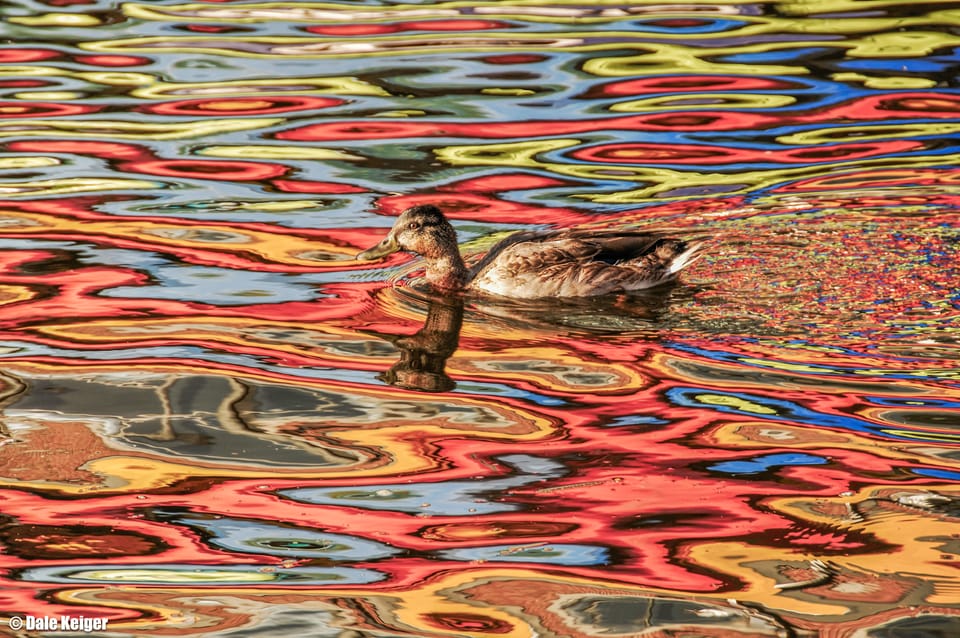
Letter No. 83: Includes a film crew, wet horses, and three ducks.
In the summer of 2008, I was traveling with my wife in the Hudson River Valley of New York. One morning, I found email from a marketing company that wanted me to call them right away. Nikon soon would be releasing a new digital camera, the D90, and the company wanted my help marketing it.
Excuse me?
The D90 was a “prosumer” camera—priced for avid amateurs but equipped with some professional features. Nikon’s plan was to select six amateur shooters from around the country, give them each a camera, and have them use it for a few weeks before bringing them to New York to film interviews. Their D90 photos would be part of the campaign. Someone at Nikon or the marketing firm had come across images of mine, hashtagged #Nikon and posted on Flickr—remember Flickr?—and thought I should be one of the six.
At the breakfast table I looked up at my wife and said, “You gotta see this.”
A few days after returning home, I took delivery of the camera and a lens. Each of the half-dozen photographers had a specialty: there was a portraitist, a street shooter, a sports guy. I was brought on to shoot nature and wildlife. I had a full-time magazine job at the time, so I had to grab the camera whenever I could grab the time. One Saturday, I headed out in a downpour to shoot some sopping thoroughbreds at a nearby horse farm.
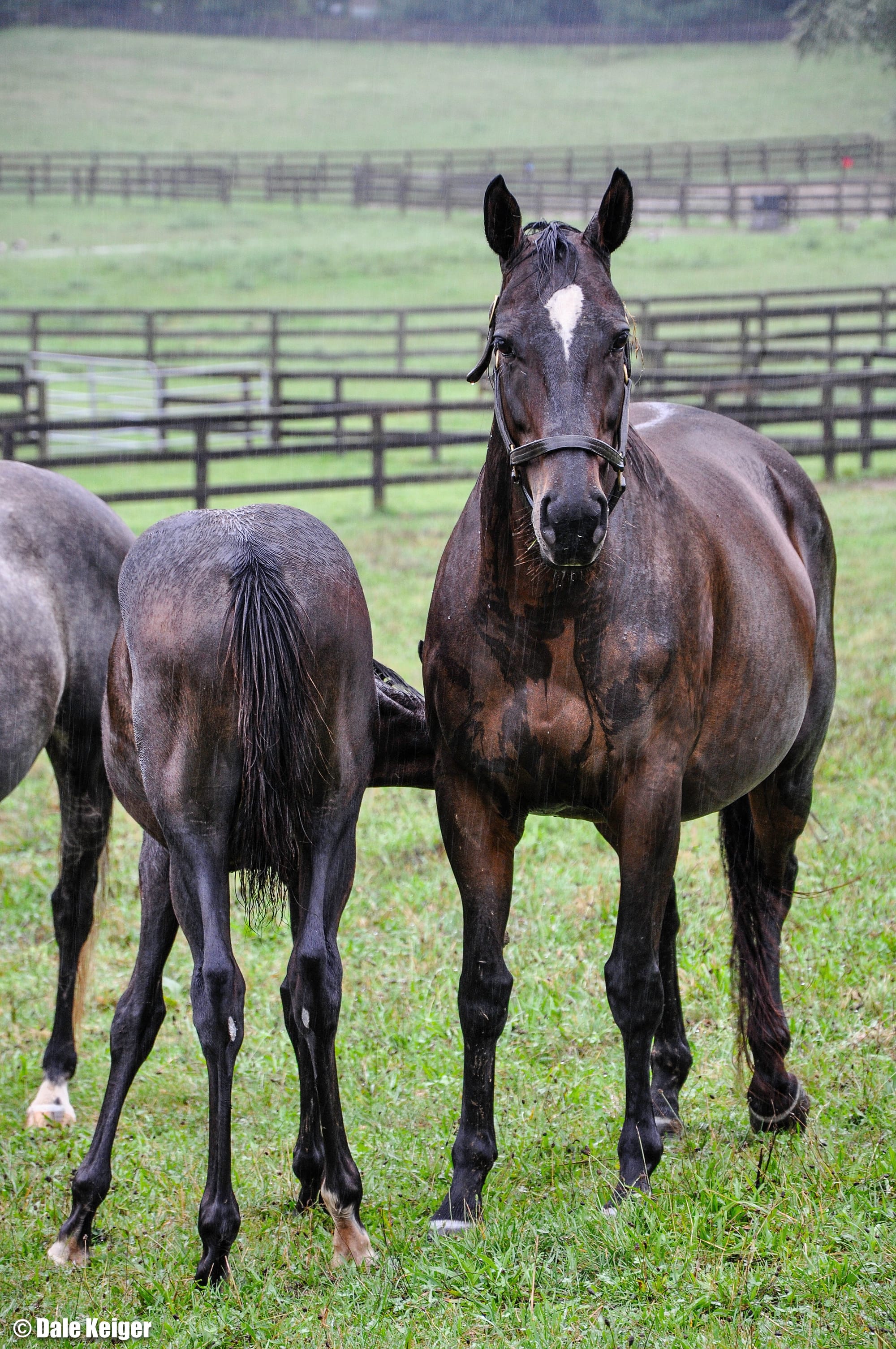
My editorial offices at the time were in Baltimore’s Fells Point waterfront neighborhood, and I’d go in early to shoot before work. I spotted a couple of snoozing ducks floating on water that bore interesting reflections from nearby buildings. Snap.
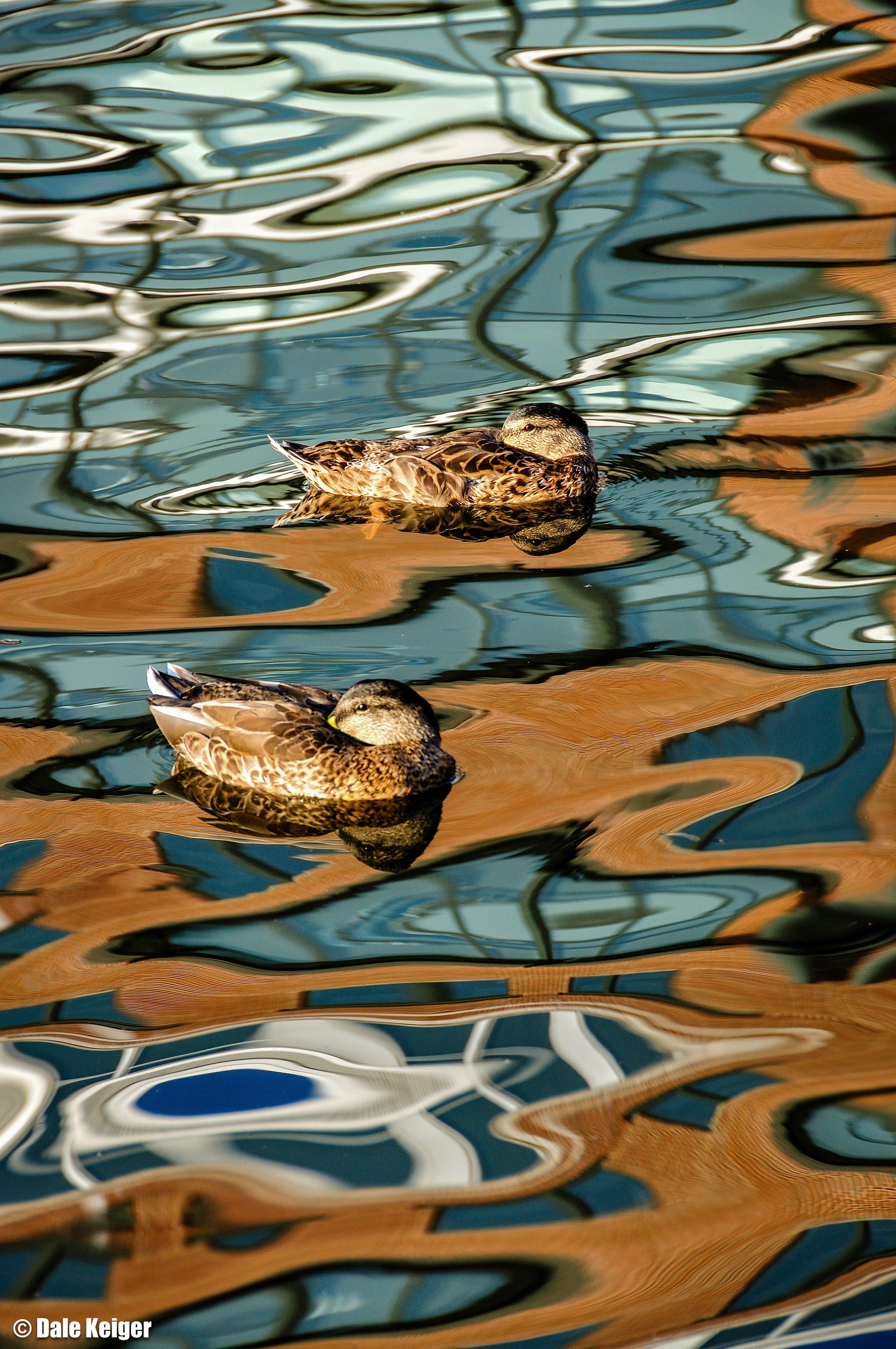
Nikon sent a train ticket, booked a room for me, and brought me to Manhattan. I had dinner at an Asian restaurant that was open to the warm summer night, and without leaving my table I made a picture that I liked of a city worker cleaning a bus shelter just outside.
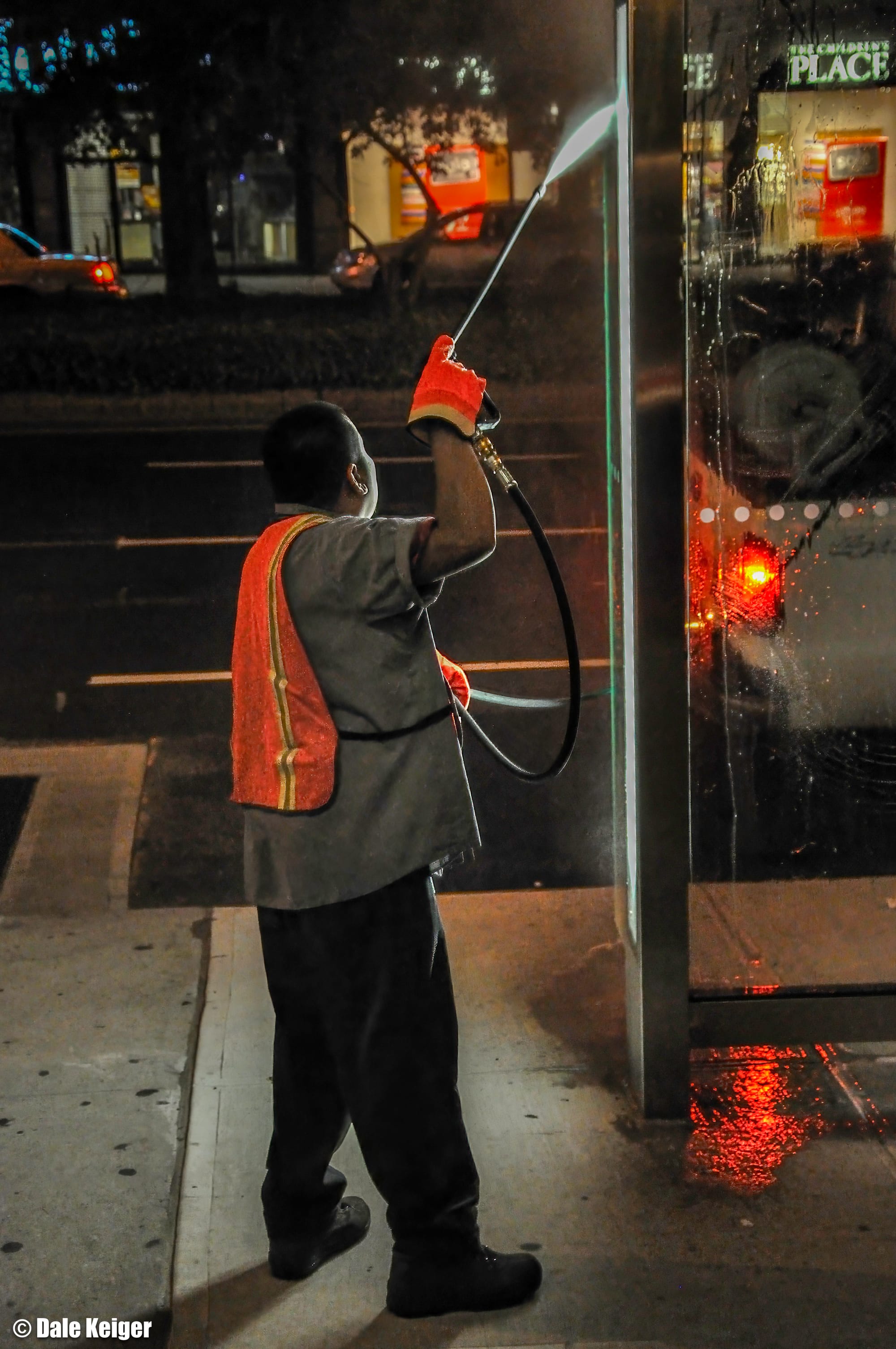
A few days before, I’d been talking to a young woman from the marketing company and sheepishly asked if, when my part of the project was done, I could keep the camera. I was new to all of this. With a hint of gentle bemusement in her voice, she said yes, the camera was mine. Oh, life was good. Clowning around in my hotel room, I snapped a selfie.
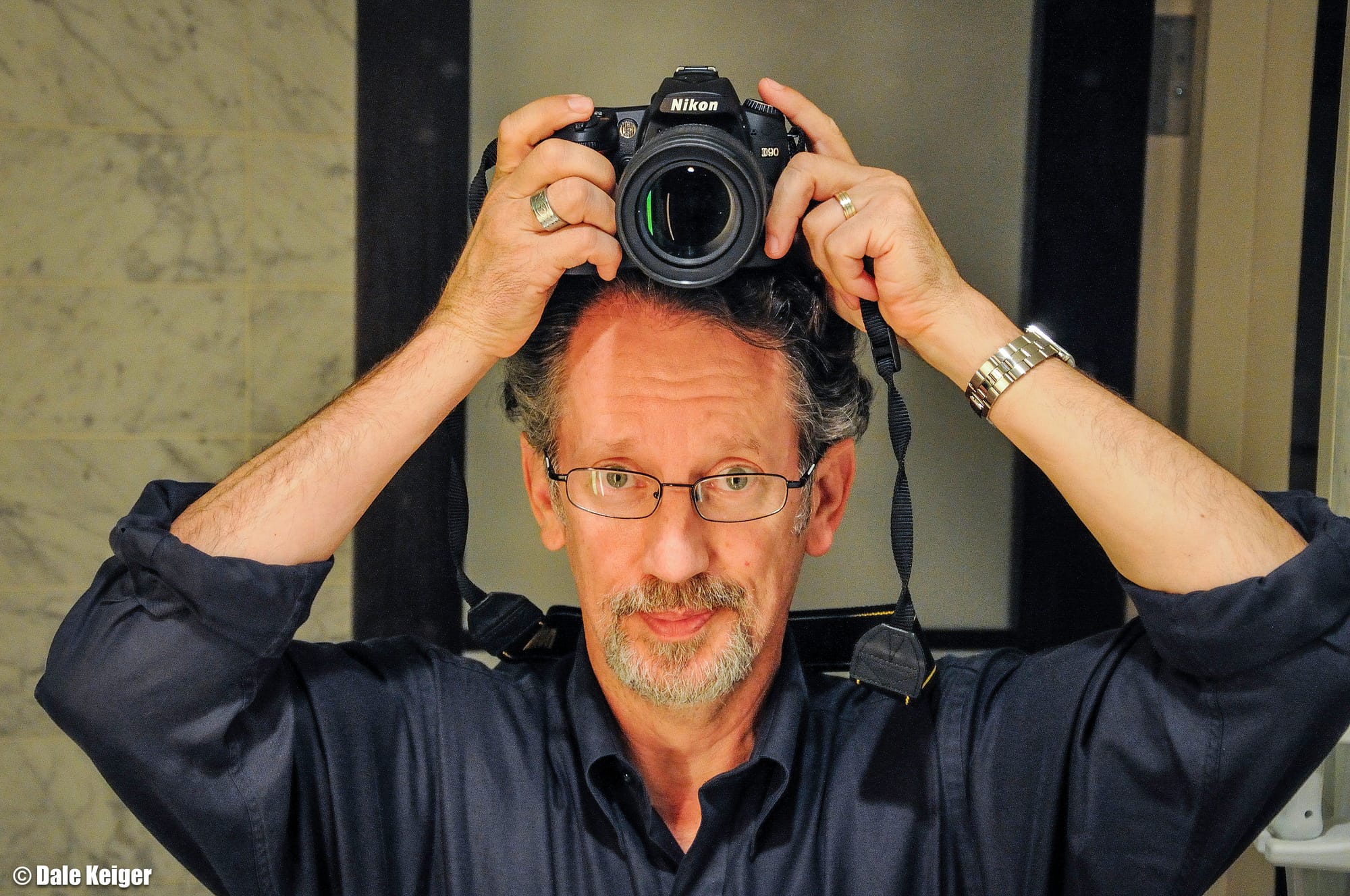
Early the next morning, I went to the designated site in Central Park and found this was no small production. There was a craft services truck serving breakfast. The director introduced himself. There was a videographer, a sound crew, techs to hold up reflectors, people whose functions I didn’t know. There were Nikon people and people from the marketing company. People with walkie-talkies and clipboards and assistants. They filmed me using the D90 in the park, making some insipid lily pad photos, and seated while responding to questions from the director, questions about “my work”—in quotation marks because in 2008 I couldn’t think of myself as a photographer, or an artist of any kind. I wrote the occasional artful paragraph, I thought, but, really, I was just a reporter who liked to take pictures. My work? My art? Maybe in me they had the wrong guy. I prayed they wouldn’t notice and ask for the camera back.
We shot all the interview footage outdoors, so now and then we had to pause until a roaring jetliner or wailing ambulance passed by. During one of these pauses, I noted a few tourists on the periphery who were taking my picture. I guess they looked at the film crew and all the gear and figured I, the “talent,” must be somebody. For all I know I may still be on someone’s hard drive—“We never figured out who he is but he must have been important.”
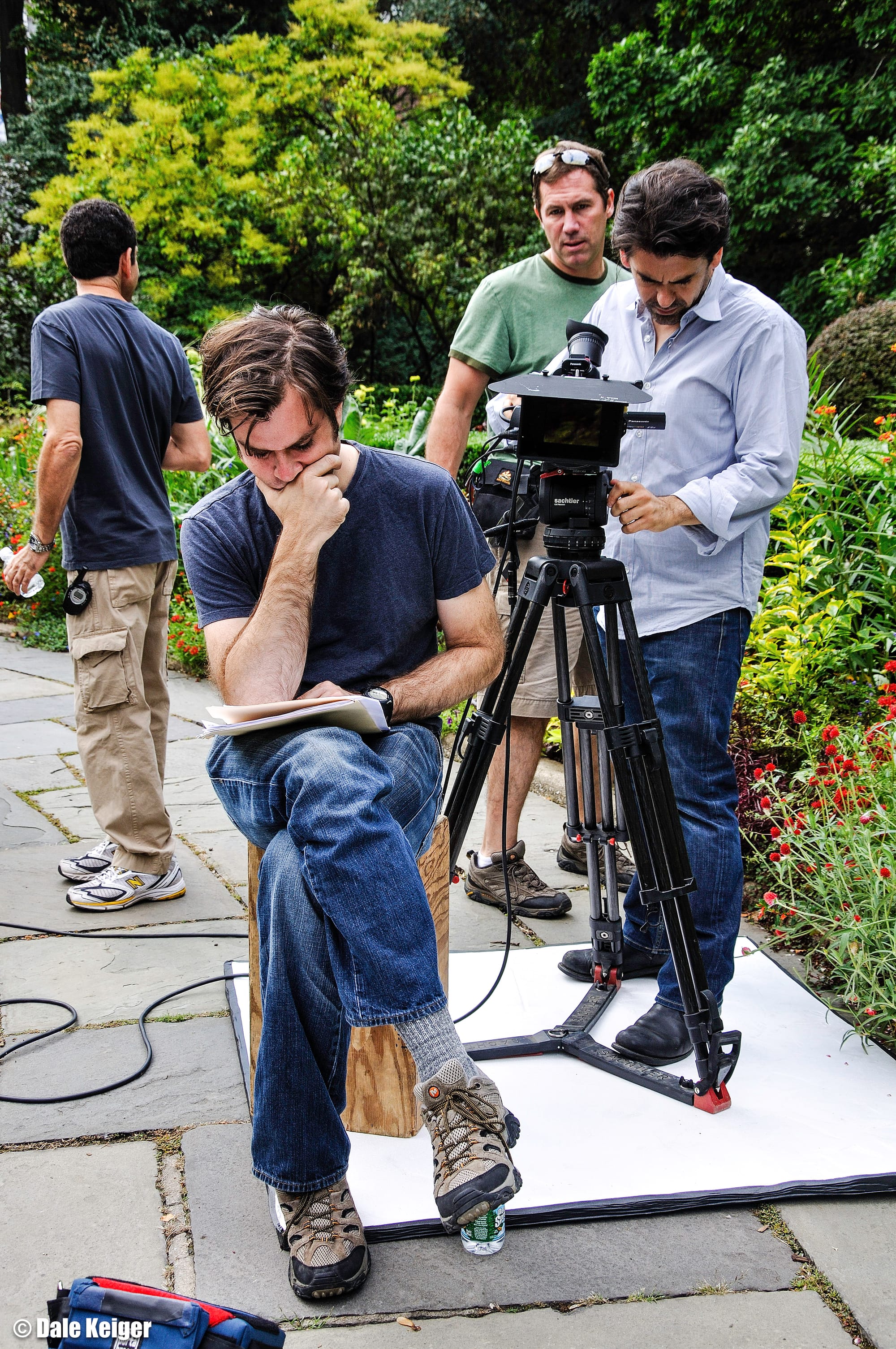
Back in Baltimore at the harborfront walkway near my office, early on another morning, I found a rack of colorful kayaks maintained for use by a kayaking club. I was mesmerized by the colors and the shapes and took a picture that wasn’t very good but pleased me anyway.
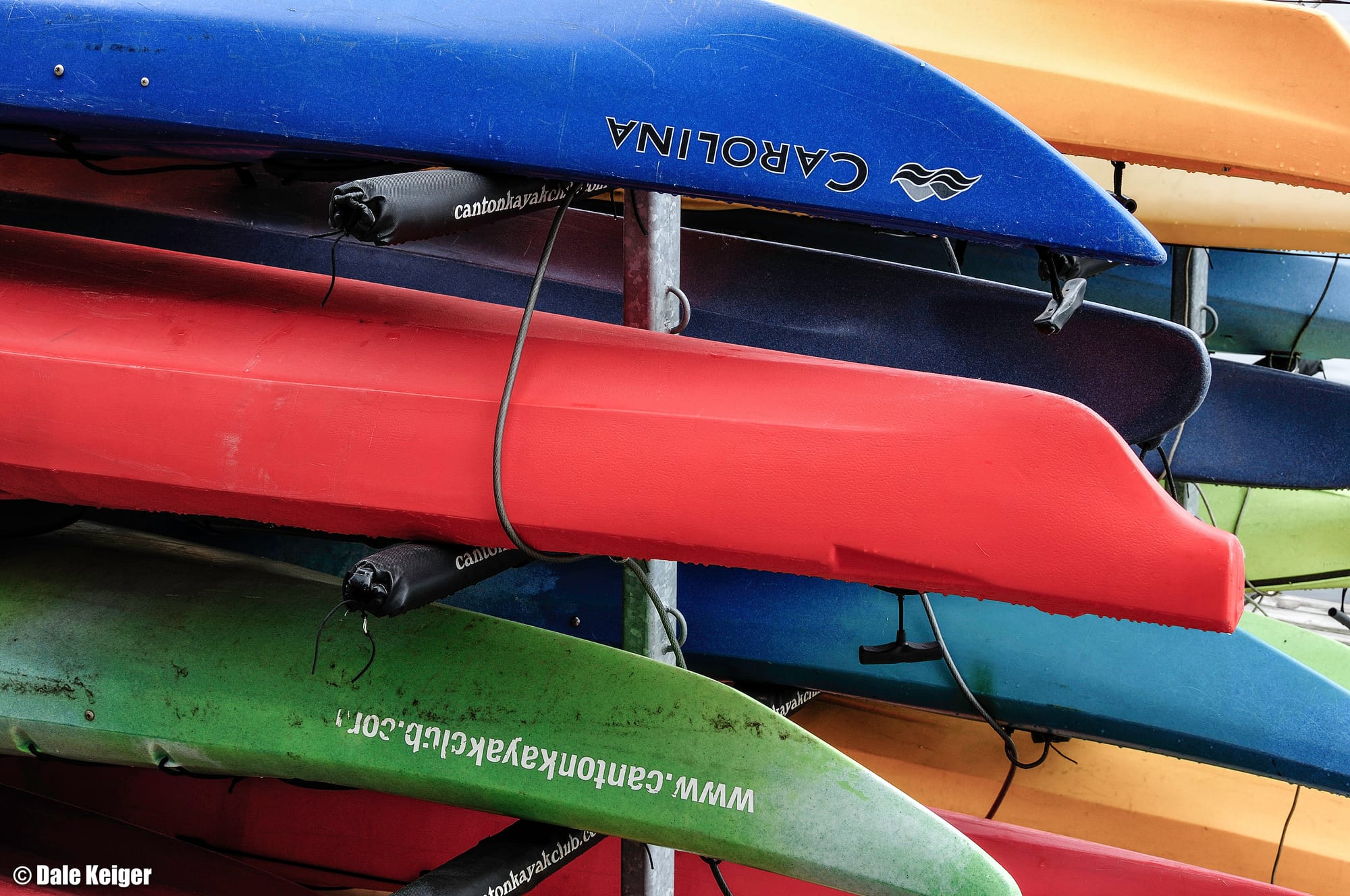
I glanced at the adjacent water and saw the kayaks’ reflection. I’m a child of the 1960s and immediately thought psychedelic. An abstract swirl of color like a Fillmore West light show was not what Nikon was looking for, but I tried a few angles to get a satisfactory image for my own amusement.
Then I saw the mallard.
She was leisurely swimming in my direction. I brought my camera up and waited for the picture to happen. Oh, please please please swim across the reflection. Please please please. And she did.
I call the image “Psycheduckic.” It’s the most widely distributed photo I’ve ever made. Nikon used it in the campaign (along with a half-dozen other shots of mine). Later on it was the London Daily Mail’s Picture of the Day. I posted it on Flickr. My other pictures usually got 150 or 200 views. This one got more than 40,000.
It hasn’t earned a dime but I don’t care. I could probably sell it on a tote bag or a mug. But no. My only regret is that I didn’t stop to get the duck’s name. She deserves some credit.
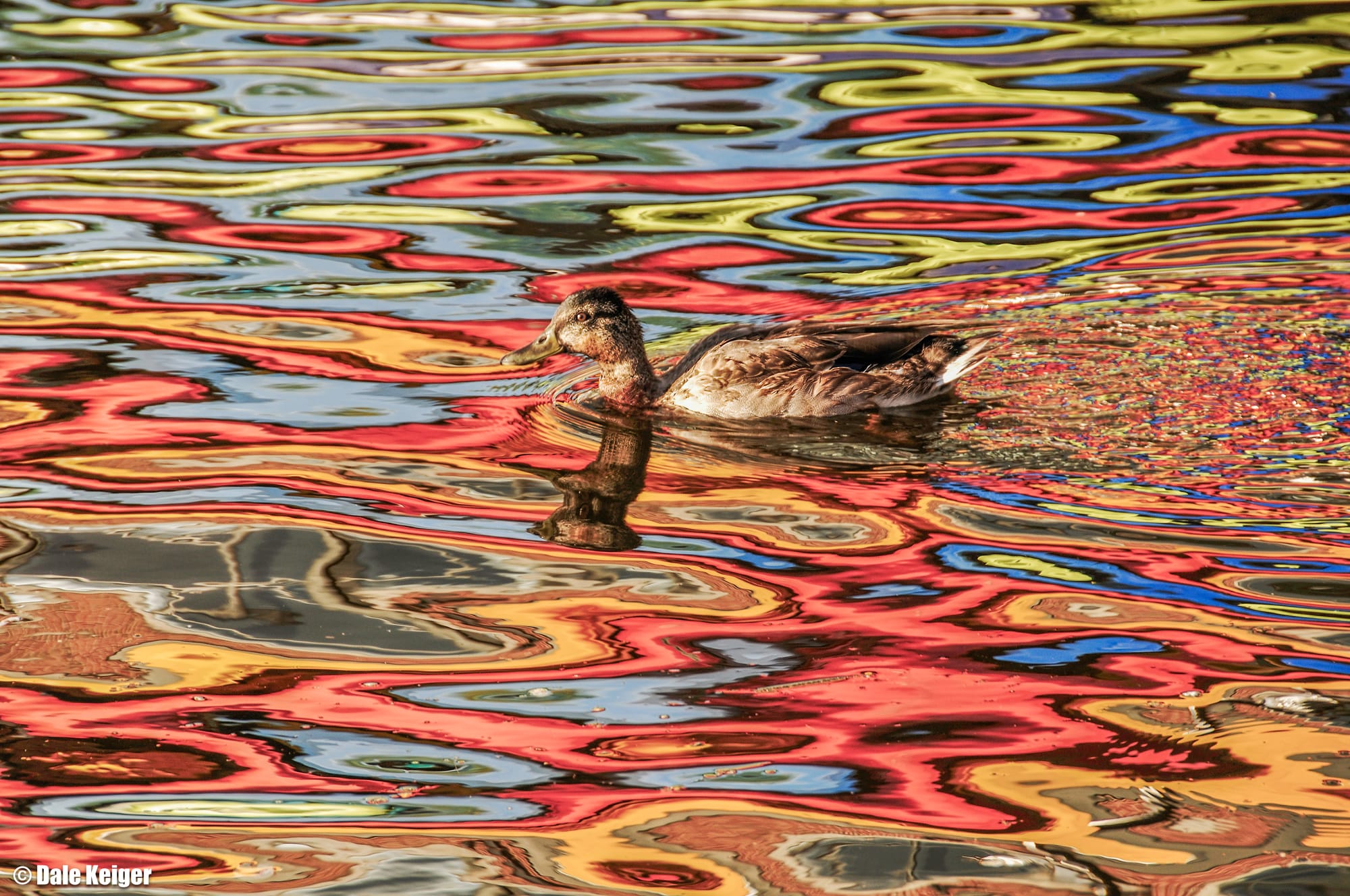
Member discussion